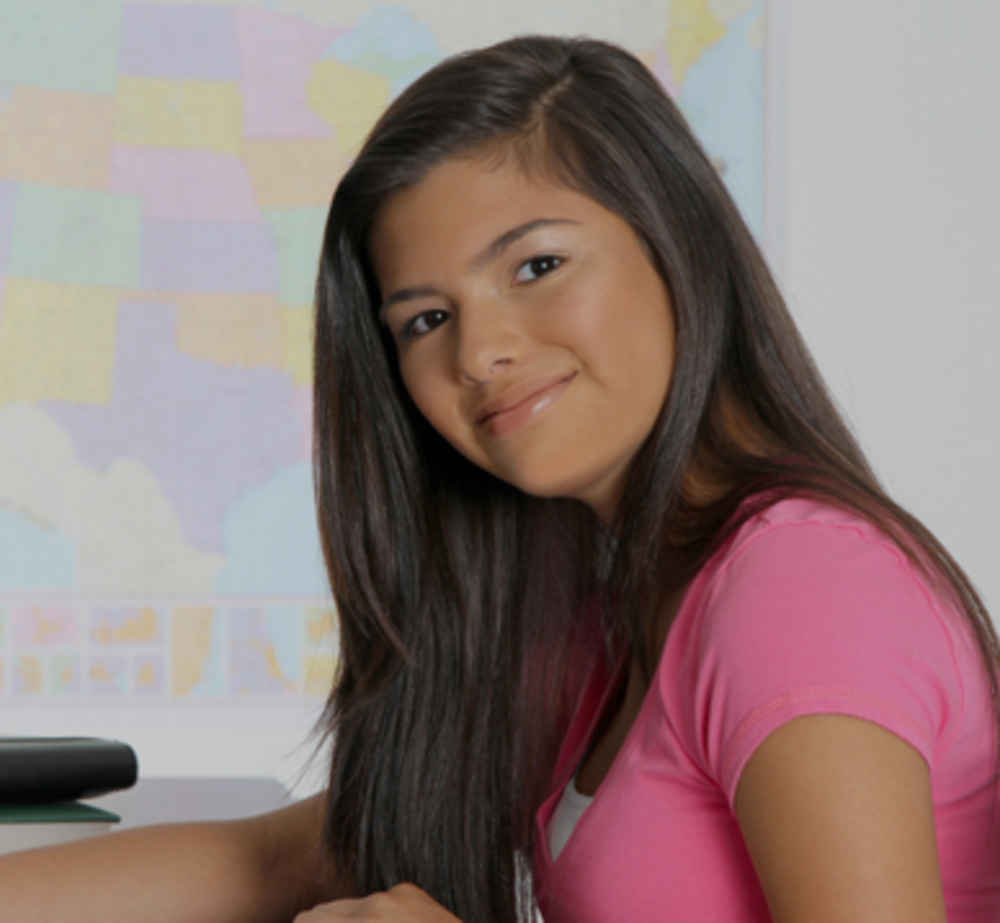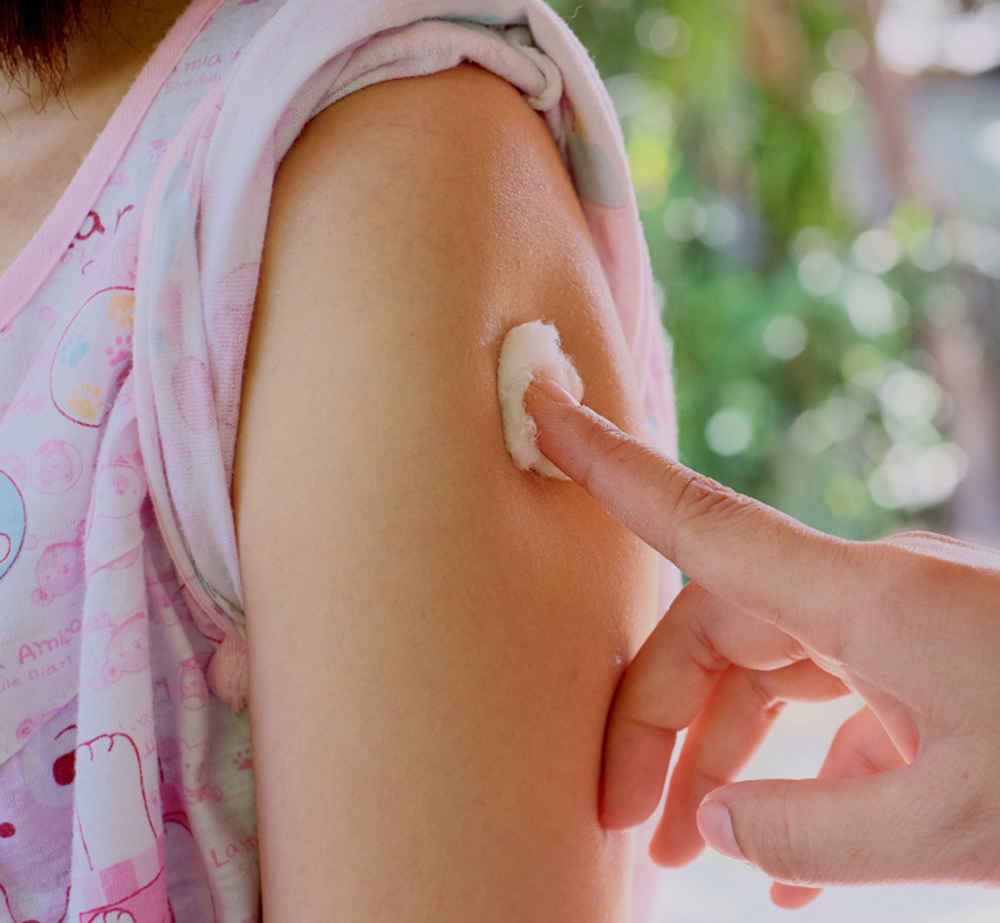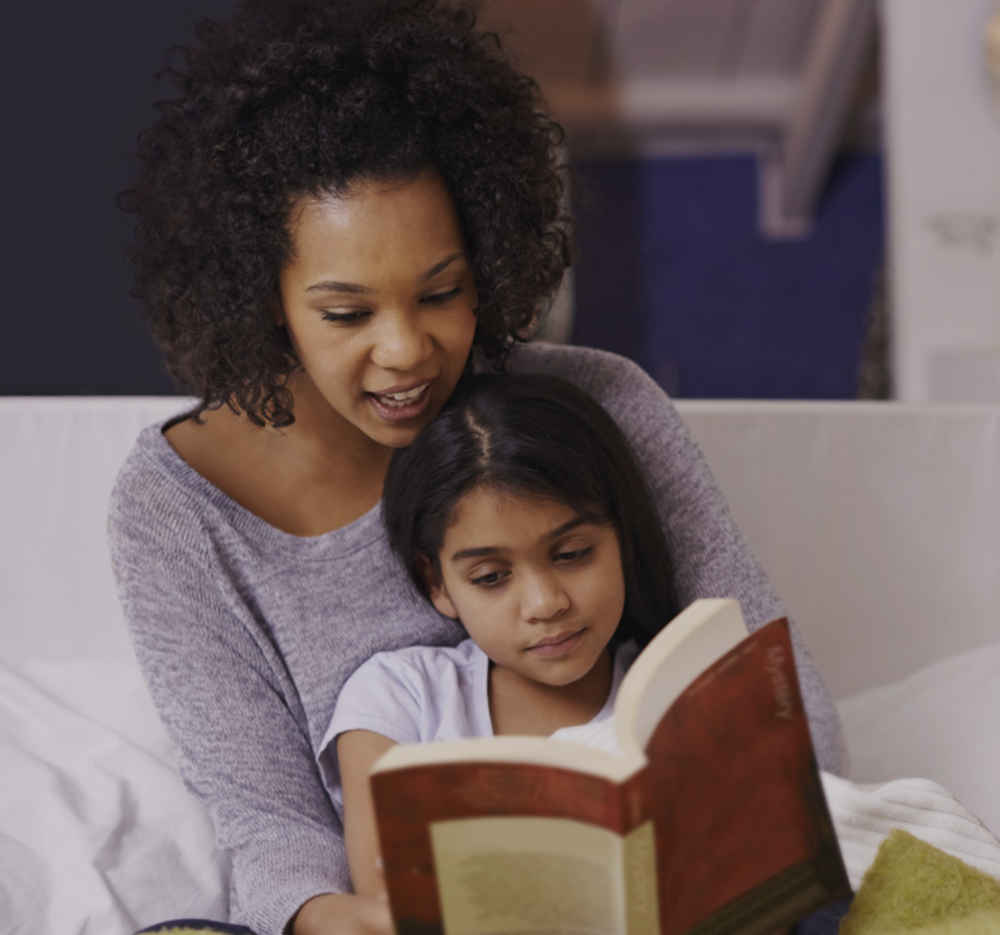410-721-2273
Hives
What are hives?
Hives are a very itchy rash usually caused by an allergic reaction. Hives look like raised pink spots with pale centers on the skin. The spots range from 1/2 inch to several inches wide (hives often look like mosquito bites). The spots may be different shapes. The spots rapidly and repeatedly change in location, size, and shape. Giant hives are called angioedema.
What is the cause?
Widespread hives are an allergic reaction to a food, medicine, viral infection, insect bite, and other substances. Often the cause is not found. Hives on just one part of the body (localized) are usually due to skin contact with plants, pollen, food, or pet saliva. Localized hives are not caused by drugs, infections, or swallowed foods. Hives are not contagious.
Rarely, hives may also be caused by:
- exposure to cold air or water
- exposure to sunlight
- constantly scratching or stroking the skin, or wearing tight-fitting clothes that rub the skin.
How long will it last?
More than 10% of children get hives. Most children who develop hives have them only once. The hives come and go for 3 or 4 days and then mysteriously disappear.
Large swellings are common around the eyes, lips, and genitals if hives occur there.
Some young children become sensitized to mosquito or flea bites. They develop big hives (called papular urticaria) at the sites of old and new bites. These hives may last for months.
How can I take care of my child?
Antihistamine medicine
The best drug for hives is an antihistamine. An antihistamine won't cure the hives, but it will reduce their number and relieve itching.
Diphenhydramine (Benadryl), one of the most commonly used drugs for hives, is available without a prescription. The main side effect of this drug is drowsiness. Other antihistamines (for example, nonprescription drugs for allergies) taken daily will also help prevent hives from occuring. When you give Benadryl, give it 3 to 4 times a day until the hives are gone for 12 hours. Use the dosage given on the product.
Itching
Give a cool bath to relieve itching. Put a cold washcloth or ice cube on itchy areas for 10 minutes. Avoid heat or rubbing.
Avoidance and showers
Avoid anything you think might have caused the hives. For hives triggered by pollen or animal contact, take a cool shower or bath. For localized hives, wash the allergic substance of the skin with soap and water. Localized hives usually disappear in a few hours and don't need Benadryl. Avoid heat or rubbing, which makes hives worse.
Common mistakes in the treatment of hives
Many parents wait to give the antihistamine until new hives have appeared. This means your child will become itchy again. The purpose of the medicine is to keep your child comfortable until the hives go away. Therefore, give the medicine regularly until you are sure the hives are completely gone.
Hives are not contagious and your child can be with other children.
Call 911
Call our office immediately if:
(410) 721-2273
- Breathing or swallowing becomes difficult.
- Your child starts acting very sick.
Call us during office hours if:
- Most of the itch is not relieved after your child has been taking an antihistamine for 24 hours.
- Most of the itch is not relieved after 24 hours on continuous Benadryl.
- The hives last more than 1 week.
- You have other concerns or questions.
Written by B.D. Schmitt, MD, author of "Your Child's Health," Bantam Books.
This content is reviewed periodically and is subject to change as new health information becomes available. The information is intended to inform and educate and is not a replacement for medical evaluation, advice, diagnosis or treatment by a healthcare professional.
You May Also Like
Popular Resources | Make an Appointment • Locations • Refill Prescriptions





